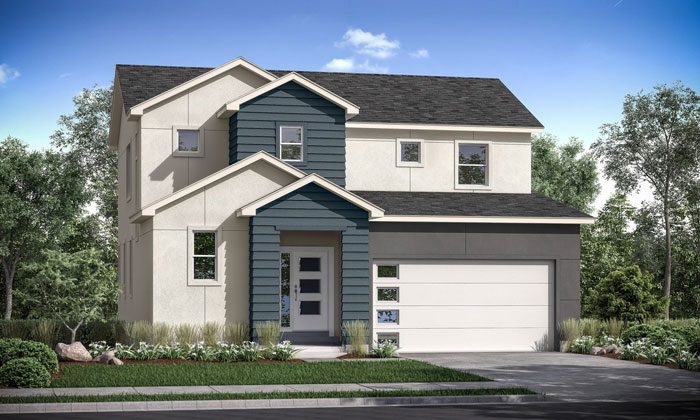Extend the Life of Your Roof With Regular Inspections

Your home’s roof is vital to your house. After all, it protects virtually every other component and all your possessions. Unfortunately, many people never give their roof a thought unless problems arise. Unexpected roofing repairs can not only be costly but can also cause issues elsewhere in the house.
Thankfully, proactively maintaining your asphalt shingle roof can dramatically increase its lifespan, protect your home, and save you money in the long run. Performing a self-check of your roof at least twice a year in addition to professional inspections as needed and after severe weather events.
In the greater Olympia area, self-inspect your roof semi-annually in late April or early May — at the end of the rainy season — and again in late September or early October before the heavy rains begin once again. Here is what you can expect from a typical residential roof inspection done by a professional.
Signs of Life
A professional roof inspector will begin by looking for any organic matter or signs of animals on the roof. Signs the inspector will look for include an excess of:
- Dirt
- Grass
- Plants
- Tree seedlings
- Broken branches
- Moss
- Fungus
- Insect infestations
- Insect or animal homes
- Animal droppings
Critters, as well as dead and decaying matter, can all wreak havoc on your roof.
For example, if rodents looking to gain entry to the home previously damaged your roof decking, they may be fervently trying to enter through the same area again. Squirrels and other rodents have teeth that constantly grow, requiring them to continuously chew. They can be tenacious in their attempts to chew through the roof and enter your home.
Once rodents have made it through your roof, they will settle and build nests for their young and will likely cause further damage, even chewing through your wiring. The appropriate removal of rodents and organic matter will help prevent future roof damage.
Shingle Health
On asphalt roofs, the health of your shingles is an important factor in the overall health of your roof. Missing shingles, dry and curling shingles, buckling shingles, blistered shingles, and shingles that are losing their granules will need to be replaced or repaired. When shingles are missing or aren’t in good condition, water can reach the roof decking and cause water as well as mold and mildew damage.
Flashing Condition
Some parts of your roof are particularly prone to damage. Anywhere there is an opening in the roof is susceptible to water getting in. Skylights, dormer windows, vent pipes, attic vents, and the chimney opening are common areas that require flashing when you have your roof installed.
Flashing is typically made from galvanized steel, aluminum, or copper. Pieces of sheet metal are custom fabricated to seal the perimeter around each object that protrudes through the roof. Flashing is also used to direct the flow of water in roof valleys to the gutters. Drip edges are a type of flashing that go around the perimeter of your roof. Drip edges protect water from entering at the eaves or the overhanging edge of your roof.
Over time, flashing can crack, bend, or lift. The caulking may also become dry or cracked. This will allow water to enter at the seams, which will cause damage to your roof. If your flashing shows signs of failure, it will need to be repaired or replaced.
Previous Repairs
If you have had your roof repaired before, the roof inspector will pay special attention to the repaired areas. Sometimes, regardless of how well something was repaired, it will suffer subsequent damage. The inspector will ensure the repairs are lasting and functioning as they should.
Interior Damage
If the inspector sees clear signs of damage to your roof that may be adversely affecting your attic or other areas inside your home, they will also need to check the roof from within the home. A leaking roof can cause serious problems to the underlying structure and will need to be promptly repaired.
Proactively preventing roofing issues will go a long way in maintaining the longevity of your roof and the health of your home. If you see any obvious signs of roof problems or are due for your professional inspection, call A-1 Roofing Inc. today to schedule an appointment.
